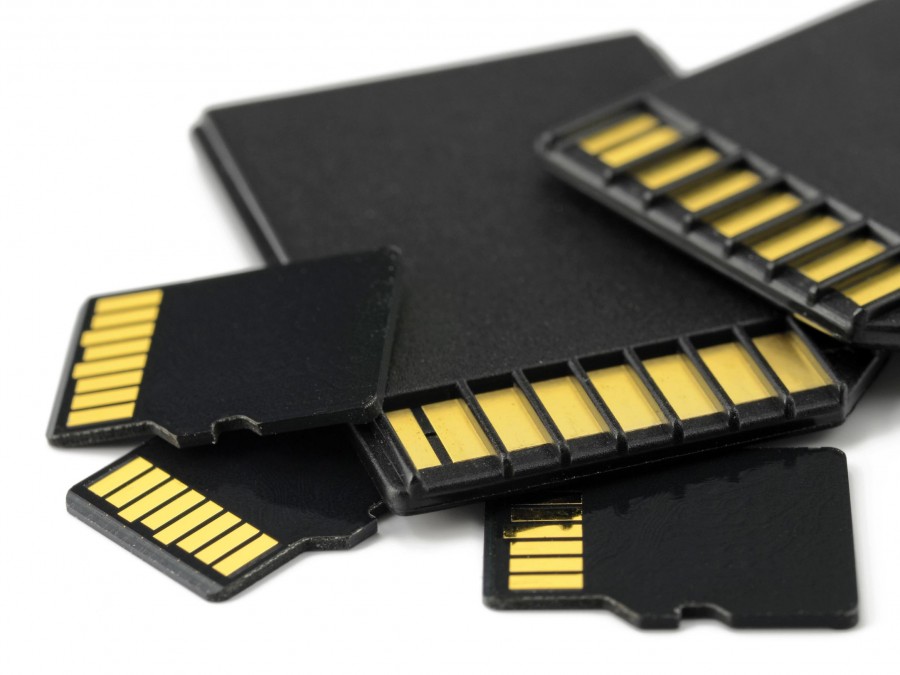SD cards are small, compact, pretty reliable and the price is steadily coming down. There are, however, certain practices that ensure their longevity. But how long do SD cards last for?
An SD card is a solid-state device, meaning it contains no moving parts. This is a huge improvement over older portable storage devices like floppy disks, which had thin, flimsy disks spinning at high speeds. An SD card’s components are part of its circuitry, which is why they’re so small and compact. Data is stored on flash memory chips that are found on the circuitry. Flash memory is a type of Electronically Erasable Programmable Read Only Memory (EEPROM) chip. There are two main types of memory cell that are used in solid-state devices like SD cards. Many SD cards use single level memory cells, that are either on or off. These cells can only store a single value, and as such are fast and reliable. The downside is that you need a lot of them in a big memory card. Multi-level cell chips are found in most lower cost SD cards. Each of the cells stores a voltage and the level of the voltage represents a number of different values.
Memory cells are insulated in order to prevent the charge leaking away. However, this insulation is eroded every time a write action is performed. Over time, this can result in the voltage in a cell changing slightly, which can cause the data on the SD card to become corrupted. Most modern SD cards are designed to detect these problem cells and avoid them, but over time, if there are too many, the card may not have enough memory to map them. The exact lifespan of an SD card depends on a number of factors. Assuming it doesn’t physically break first, if you use your card relatively frequently – for example more than once a week – it’s a good idea to replace it once a year. Pinpointing exactly when you replace your SD card if difficult due to the varied pressure people put them under. The chances are that your SD card will physically stop working due to damage before it starts corrupting your data. SD cards are made with cheap components to keep the costs down, and as such, are very prone to breaking.
One thing that SD cards are definitely not suitable for is long term storage, due to the charge in the cells leaking over time. Although there are special SD cards that are designed only to be written to once, and are used for archival purposes, commercially available SD cards like the one you’d use in a camera shouldn’t be used like this. Most SD cards won’t retain data for more than about five years. The best practice for keeping your data safe is to copy it from your SD card to your computer as soon as you can.
